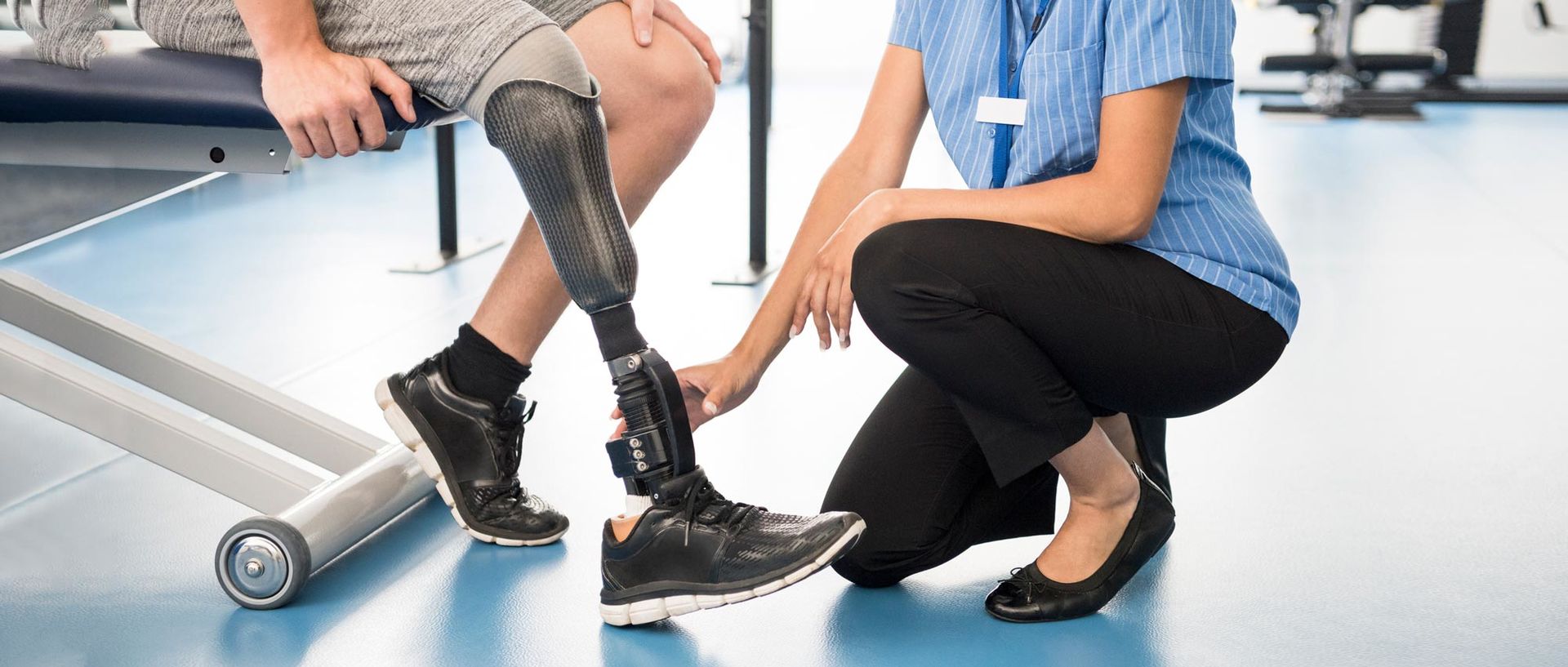
Certificate in Basics of Applied Prosthetics and Orthotics

Description
Prosthetics involves the use of artificial limbs (prostheses) to enhance the function and lifestyle of persons with limb loss. The prosthesis must be a unique combination of appropriate materials, alignment, design, and construction to match the functional needs of the individual. These needs are complex and vary for upper and lower extremities. Lower limb prostheses might address stability in standing and walking, shock absorption, energy storage and return, cosmetic appearance, and even extraordinary functional needs associated with running, jumping, and other athletic activities. Upper limb prostheses might address reaching and grasping, specific occupational challenges such as hammering, painting, or weight lifting, and activities of daily living such as eating, writing, and dressing.
Orthotics involves precision and creativity in the design and fabrication of external braces (orthoses) as part of a patient’s treatment process. The orthosis acts to control weakened or deformed regions of the body of a physically challenged person. Orthoses may be used on various areas of the body including the upper and lower limbs, cranium, or spine. Common orthotic interventions include spinal orthoses for scoliosis, HALOs used in life-threatening neck injuries, and ankle foot orthoses used in the rehabilitation of children with cerebral palsy. More recently, orthoses have been designed to dramatically realign the bones of the skull in infants with positional plagiocephaly.
Orthotics involves precision and creativity in the design and fabrication of external braces (orthoses) as part of a patient’s treatment process. The orthosis acts to control weakened or deformed regions of the body of a physically challenged person. Orthoses may be used on various areas of the body including the upper and lower limbs, cranium, or spine. Common orthotic interventions include spinal orthoses for scoliosis, HALOs used in life-threatening neck injuries, and ankle foot orthoses used in the rehabilitation of children with cerebral palsy. More recently, orthoses have been designed to dramatically realign the bones of the skull in infants with positional plagiocephaly.










